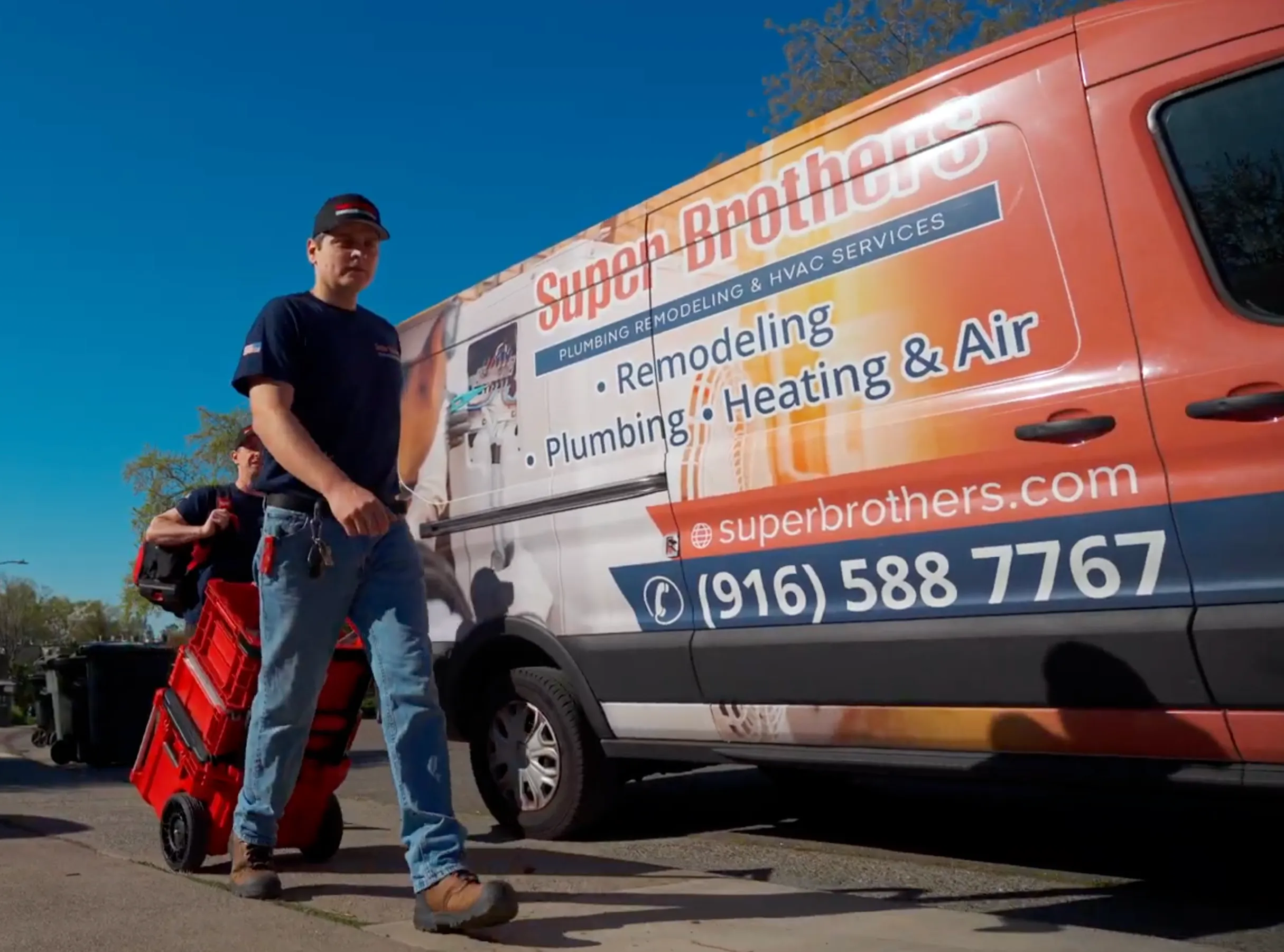Repiping is the process of replacing the entire supply plumbing system in a home or business. It involves installing new pipes to replace old, damaged, or inefficient ones. While some might think repiping is simply repairing or replacing a small section of a pipe, it actually entails a comprehensive overhaul of the plumbing system. If you’ve experienced leaks, reduced water flow, rusty or discolored water, or low water pressure, these are all signs that your pipes may need to be replaced. Repiping is especially recommended during major renovations or before painting and finishing walls, as it minimizes the disruption to completed work.
What Does the Repiping Process Involve?
Repiping typically includes the following steps:
- Inspection and Planning:
A professional plumber inspects the property to assess the condition of the current plumbing and determines the scope of the project. This step ensures a detailed plan is in place before the work begins. - Removal of Old Pipes:
Easily accessible old pipes are removed to make way for the new plumbing system. In most cases, old galvanized steel or polybutylene pipes are replaced with more durable materials. - Installation of New Pipes:
The process involves installing new pipes, commonly made of Type L hard copper, CPVC (Chlorinated Poly Vinyl Chloride), or PEX (Cross-Linked Polyethylene). The new system is secured and properly strapped to avoid future movement or leaks. - Testing and Flushing:
Once the new pipes are installed, water is turned back on to test the pressure and ensure there are no leaks. The system is flushed to remove debris or impurities. - Wall and Surface Repairs:
After the plumbing is complete, walls or surfaces that were cut open are patched, restoring the home to its original condition.
How Long Does Repiping Take?
The time required for a repiping project depends on the size of the property and the complexity of the plumbing system. On average, the process takes about 1 to 3 days to complete. Larger homes or commercial properties may take longer, particularly if extensive wall repairs are required afterward.
Standard Repiping Scope
A standard repiping job includes:
- Installation of new hot and cold domestic water pipes from the main water source to every faucet and fixture in the building.
- Excluding the replacement of fixtures or drainage systems unless specified in the service proposal.
Common Materials Used for Repiping
1. Metal Pipes
- Copper: Durable and resistant to corrosion, copper is the most commonly used material for repiping. It provides long-term reliability and is suitable for both hot and cold water systems.
- Galvanized Steel and Brass: These materials were used in older systems but are prone to corrosion and are generally replaced during repiping projects.
2. Plastic Pipes
- PEX (Cross-Linked Polyethylene): Flexible, durable, and resistant to temperature extremes, PEX is a popular choice for modern repiping projects. It can be used for both hot and cold water and requires fewer fittings, reducing the chances of leaks.
- CPVC (Chlorinated Poly Vinyl Chloride): Recommended for areas with specific water pH issues, CPVC is resistant to scaling and corrosion.
- PVC (Poly Vinyl Chloride): Used primarily for drainage systems but less common for water supply lines.
Challenges with Certain Pipe Materials
Some materials, such as polybutylene (PB) and Kitec, have a history of failure due to poor manufacturing quality or incompatibility with water conditions. These materials have been the subject of lawsuits and are often replaced during repiping projects.
Innovative Methods: Sandblasting and Epoxy Coating
Sandblasting and epoxy coating are newer trends in pipe repair that aim to extend the life of existing pipes. This method involves cleaning the inside of the pipe through sandblasting and then applying an epoxy coating to seal the interior.
Pros:
- Can temporarily extend the life of old pipes.
- Avoids the need for immediate full-scale repiping.
Cons:
- Thin-walled pipes may rupture during sandblasting.
- Leaks can occur days or weeks later, requiring eventual repiping with more durable materials like copper or PEX.
Why Consider Repiping?
1. Avoid Frequent Repairs
If you’ve had to fix leaks or low water pressure multiple times, it’s likely time to replace the entire plumbing system rather than patching up individual sections.
2. Improve Water Quality
Old pipes can corrode and release rust or other contaminants into the water, affecting its taste and safety. Repiping ensures clean and safe water for your household.
3. Increase Water Pressure
A new plumbing system eliminates blockages and improves water flow, ensuring consistent pressure throughout your home.
4. Prevent Water Damage
Leaking pipes can cause significant structural damage to your home, including mold growth and weakened walls or foundations. Repiping eliminates these risks.
Choosing the Right Material
Copper Piping
- Advantages:
- Highly durable and long-lasting.
- Resistant to bacteria and UV rays, making it suitable for outdoor use.
- Disadvantages:
- Expensive compared to other materials.
- Can corrode if water pH levels are not balanced.
PEX Piping
- Advantages:
- Flexible and easy to install, reducing labor costs.
- Resistant to bursting in freezing temperatures.
- Disadvantages:
- Cannot be used outdoors due to UV sensitivity.
- Non-recyclable material.
Conclusion
Repiping is a critical process that enhances the safety, efficiency, and functionality of your home’s plumbing system. Whether you’re dealing with frequent leaks, poor water quality, or an aging plumbing system, repiping offers a long-term solution. Choose the right materials, consult a professional plumber, and take proactive steps to ensure your home’s plumbing remains reliable for years to come.
For expert repiping services tailored to your needs, contact Super Brothers Plumbing Heating & Air today! Let us help you secure a plumbing system that delivers clean, consistent water flow with peace of mind.


